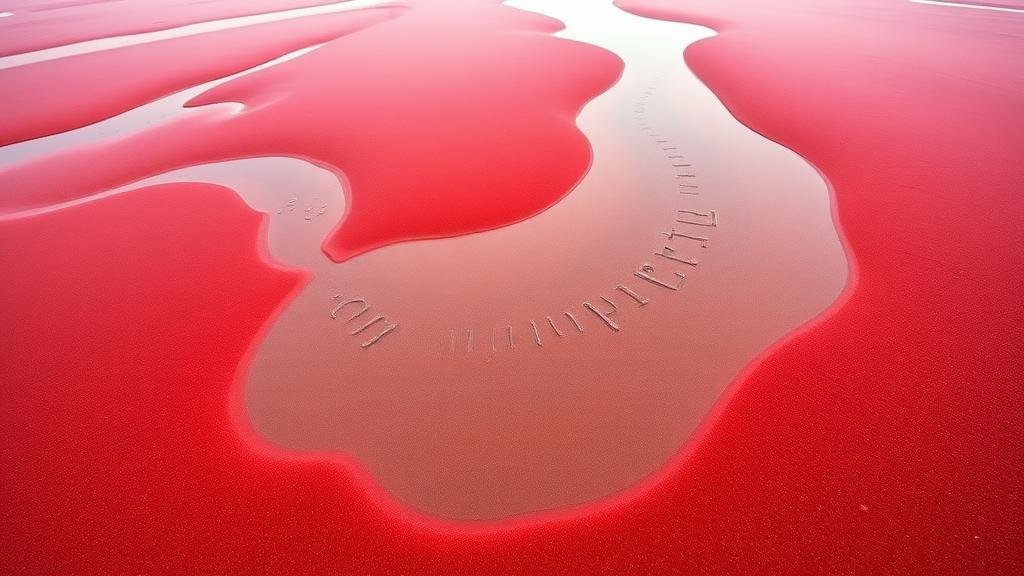Discovering vibrant garnet sands along the coastlines of Madagascar.
Discovering Vibrant Garnet Sands Along the Coastlines of Madagascar
Madagascar, the fourth largest island in the world, is renowned for its rich biodiversity and unique geological features. Among its captivating natural resources are the vibrant garnet sands that line certain coastlines, offering a veritable treasure trove for rockhounds and mineral collectors. This article delves into the origins, properties, and practical tips for collectors interested in these stunning garnet sand deposits.
Understanding Garnet Sands
Garnet sands are primarily composed of garnet, a group of silicate minerals that possess a similar crystal structure and various compositions. most prevalent type found in Madagascar is the almandine garnet, characterized by its deep red color, though other hues, such as green and yellow, may also be present. Generally, garnets are classified into two categories: precious garnets, used in jewelry, and industrial garnets, which find utility in abrasives and filtration media.
Geological Context
Madagascar’s geology boasts a diversity of rock formations and sedimentary processes that contribute to the creation of garnet sands. These sands are typically formed through the weathering and breakdown of metamorphic rocks, primarily schists and gneisses, which contain garnet crystals. Over time, rivers and ocean currents transport these weathered particles to coastal regions.
Statistically, these garnet deposits can have concentrations reaching up to 60% by weight in certain areas, making them a fascinating subject for both scientific study and hobbyist exploration.
Collecting Garnet Sands
For those keen on hunting for garnet sands, Madagascar offers numerous prime locations. Here are some sites worth visiting:
- Ilakaka: Known for its rich deposits, Ilakaka presents abundant opportunities for collectors.
- Nosy Be: This popular resort island is not just for relaxation but also for treasure hunting along its sandy beaches.
- Fort Dauphin: The coastal areas near Fort Dauphin are lined with rich mineral deposits, including garnet sands.
Practical Tips for Collectors
When collecting garnet sands, consider the following tips to enhance your experience:
- Research Local Regulations: Always ensure you are compliant with local laws regarding mineral collection to avoid any potential issues.
- Use Proper Equipment: Equip yourself with a small sift or shovel to help isolate garnet grains from sand, as well as a magnifying glass for inspection.
- Join Local Guides: Engaging with local mineral societies or guided tours can provide invaluable insights and improve your chances of finding quality specimens.
- Focus on Light Conditions: The best time to search for garnet sediments is during low tide when more of the sand is exposed.
Real-World Applications
Beyond their aesthetic value, garnets play a critical role in various industries. For example, garnet is extensively used in waterjet cutting, owing to its hardness (Mohs hardness of 7.5-8) and inert chemical properties. mining industry relies on garnet for abrasive applications, adding a layer of economic significance to these beautiful minerals. Collectors can find satisfaction not only in their personal collections but also in understanding their real-world utility.
Conclusion
Exploring the vibrant garnet sands of Madagascar offers rockhounds and mineral collectors a unique opportunity to connect with nature and uncover geological wonders. With a combination of passion, research, and practical collecting strategies, enthusiasts can enjoy a rewarding experience while contributing to the appreciation of this beautiful mineral resource.
Remember, the journey of discovery is as significant as the specimens you collect. Happy hunting!



